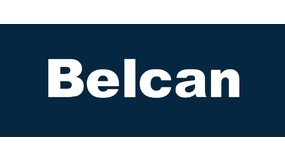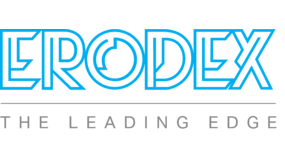Daher further asserts its expertise in the design and manufacture of large-scale composite sub-assemblies with complex geometry
Following its composite thermoplastic rib, Daher has taken innovation one step further with the design and manufacture of a new, fully composite Vacuum Bag Only spar created in line with the Group’s R&T roadmap. The spar represents a significant breakthrough for the family-owned midcap, which has positioned itself as a leading partner to major aircraft manufacturers for the design and production of composite parts. Producing the part, which forms part of the Corac project for the composite airplane of the future, required Daher to exercise its ability to handle both design and all production processes, from tooling to assembly, for a key part with large dimensions (10+ meters) and demanding technical challenges.
In 2018, the equipped spar will be brought into the test cell created for the Corac project. The design of the spar, the keystone of the wing, involves substantial constraints in terms of materials and shape. The challenge when designing a part of this size lies in producing a progressive airfoil and thickness, which has to be distributed where needed while ensuring the rest is as light as possible, for an optimal weight.
“This project has enabled Daher to cement the technological aspects of its strategy, such as the Out-of-Autoclave material and its positioning as a designer and manufacturer of primary aircraft structures. The study results and production of the composite spar are a perfect example of the prevailing constructive approach at Daher; which results in innovations and high-performance solutions that can be mass-produced in the short or medium term. This success is also a testament to the skill and motivation of the teams involved in the project, without whom we would not have been able to reach our objectives,” said Didier Kurtz, Project Manager.
Daher opted for automated processes – from lay-up to inspection, curing and machining – in order to achieve a progressive shape to a degree of accuracy of +- 0.15 millimeters. These processes, which are 80% automated, achieve nominal geometry quality equal to that of machined metal parts. The placement of the unidirectional fibers was automated and the curing was solely done in ovens, without the pressure of an autoclave, in order to improve geometric stability without altering the mechanical properties of the material. This method is also more cost-effective and resource-efficient, lowering the price of the part.Another aspect of this optimized approach was the development of industrial tooling capable of minimizing dilatory effects while allowing the use of low-cost materials that are reliable over the long term.
Lastly, Daher incorporated a function for reinforcement via co-curing and a function for setting via co-bonding, for easier assembly, optimal weight and a reduced number of attachments.
The company was able to make strides towards the goal of the Corac project, which aims to achieve composite solutions for high-performance, industrial primary structures.
All these construction and tooling processes are now mature and optimized for mass production. They not only reduce manufacturing costs, but also achieve weight reduction that will improve the performance of future aircraft while reducing fuel consumption.
Click here for more information.






